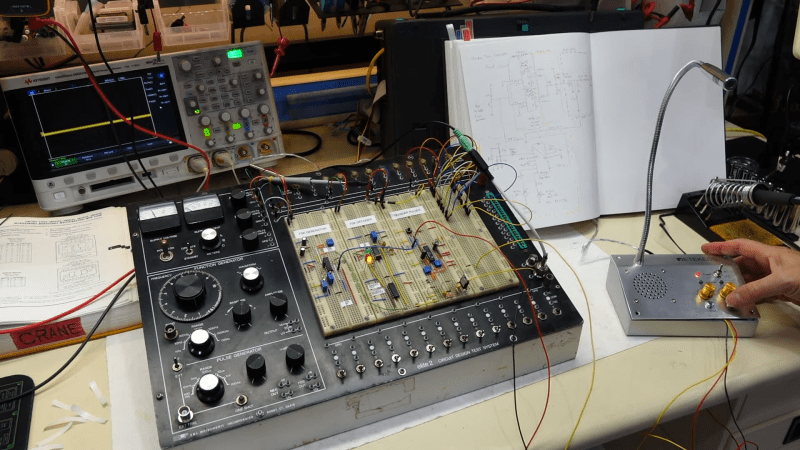So far in this brief series on in-band signaling, we looked at two of the common methods of providing control signals along with the main content of a transmission: DTMF for Touch-Tone dialing, and coded-squelch systems for two-way radio. For this installment, we’ll look at something that far fewer people have ever used, but almost everyone has heard: Quindar tones.
What’s a Quindar?
You may never have heard what Quindar tones are, but you’ve certainly heard them if you’ve ever seen any manned spaceflight videos. Quindar tones are those short beeps you hear when NASA is communicating with astronauts, as …read more
 Continue reading In-Band Signaling: Quindar Tones→
Continue reading In-Band Signaling: Quindar Tones→
